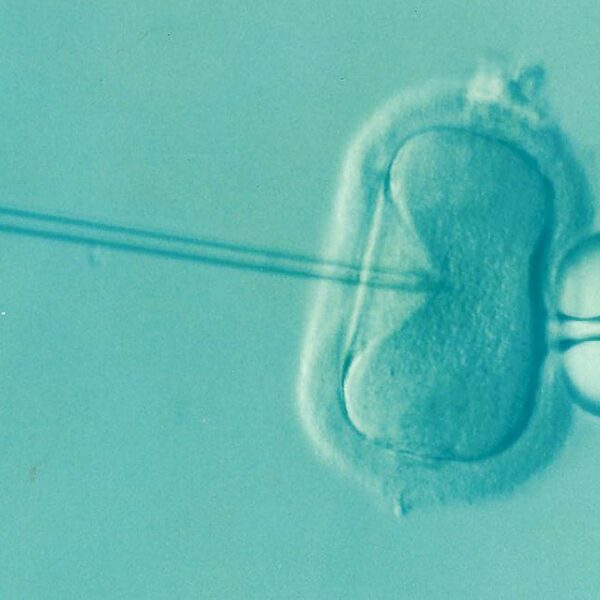Men can continue to produce sperm from puberty all the way into their 90s. In fact, Rod Stewart fathered his eighth child at age 66 and Mick Jagger had a son in his 80s.
Still, a man’s fertility does decrease with age, though less dramatically than a woman’s. This article will explore the reasons behind this decline.
Age
Although men never stop producing sperm, the number of living sperm cells will decline over time. As men get older, the volume and intensity of their ejaculation will also decrease. Often, this is the result of lower testosterone levels. It could also be caused by changes in diet, long-term illness or medicine. However, a man’s sperm count can still be quite high, even if the amount of semen being ejaculated is low.
In addition to a decrease in the number of sperm, sperm motility will also decline as men age. Motility refers to how well sperm swims and its ability to fertilize an egg. Studies have shown that sperm morphology (the shape of the sperm) decreases about.17-.2% per year, which can lead to a loss of 3-12% in normal sperm morphology over the course of two decades.
There are some steps that can be taken to improve sperm production and quality, including getting regular exercise, eating a healthy diet and not consuming too much alcohol or cigarettes. Men who follow these recommendations may be able to maintain their sexual function for a longer period of time. In the end, a man’s sexual health will largely depend on his motivation and the way he chooses to use this part of his body. Fortunately, there is no definitive age at which men become sexually inactive.
Testicular Development
Sperm are produced in the testes, which contain thin tightly coiled tubes called seminiferous tubules. These tubes have a central channel through which sperm cells travel until they mix with fluid from the seminal vesicles to form semen. The process is known as spermatogenesis, and it takes up to 74 days for one germ cell to reach its final maturation. Once that occurs, it is referred to as a mature sperm cell, which is also referred to as a spermatid.
The process of sperm formation is regulated by the hypothalamus and pituitary glands, as well as the Leydig cells in the testis. These are the cells that produce testosterone, an important male reproductive hormone that triggers sperm production.
Over time, the thickness of these sperm-producing cells may decrease. This may be due to age or injury to the Leydig cells, and it may cause problems with ejaculation. It can also lead to a condition that results in few or no sperm in the epididymis and seminal vesicles, a disorder called azoospermia.
While the rate of sperm production decreases with age, most men continue to produce several million healthy sperm every day until they reach their mid-70s. After that, the number and quality of sperm begin to decline. This may be due to changes in the testicles, the epididymis, and/or the prostate gland, as well as a decrease in sperm motility.
Testicular Function
In contrast to the female reproductive system, which shuts down with menopause, male fertility remains intact as long as healthy sperm are being produced. However, a man’s sperm production may wane due to age or injury to the testicles.
The twin oval organs that make up the testes are about the size of grapes and hang from the body in a sac called the scrotum. This pouch of skin protects the testicles and provides a cooler temperature for them. The hypothalamus and pituitary gland in the brain regulate hormones that trigger sperm production. Once the sperm are made in the testicles, delicate tubes transport them until they mix with semen and are ejaculated out of the penis.
Over time, a man’s sperm count may decrease due to his age or decreased testosterone levels, but sperm motility generally declines faster than sperm count. This is because the ducts that carry the sperm — the epididymis and seminal vesicles — get less elastic with age. The prostate gland also enlarges with age, a condition known as benign prostatic hyperplasia or BPH.
Drugs may also affect a man’s ability to produce sperm. For example, the antidepressant SSRIs commonly prescribed for depression, anxiety and obsessive-compulsive disorder can reduce sperm counts. Certain antibiotics, including tetracycline, may also suppress sperm production, as can marijuana and other recreational drugs.
Sperm Production
The male external genitals consist of the scrotum and testes, which house the long, tightly coiled seminiferous tubules that carry sperm cells. A man produces millions of sperm each day when he reaches puberty. Over time, the number of sperm cells may decrease due to certain health factors, but the quality of a man’s sperm can be maintained by lifestyle choices and regular medical treatment.
Immature germ cells, called spermatogonia, are found throughout the outer walls of the seminiferous tubules. The young sperm cells are supported and nurtured by nearby Sertoli cells. Once the immature sperm cells reach maturity, they are transported from the outer seminiferous tubule walls to a central area. Once they are deposited, the sperm cells undergo a resting phase before dividing to form secondary sperm cells. Once a sperm cell matures into a sperm, it is surrounded by the thick fluid of the epididymis. The sperm are then propelled down the vas deferens into the abdominal cavity where seminal vesicles add alkaline liquid to the sperm, creating semen.
Men can help maintain sperm production by practicing safe sex, staying away from cigarettes and alcohol, eating a balanced diet and regularly testing for sexually transmitted infections like gonorrhea and chlamydia. Men with chronic stress also tend to have low sperm counts, as can men who take hormone replacement therapy or work with dangerous chemicals such as benezenes, xylene, toluene, paint solvents and herbicides.




Leave a Comment